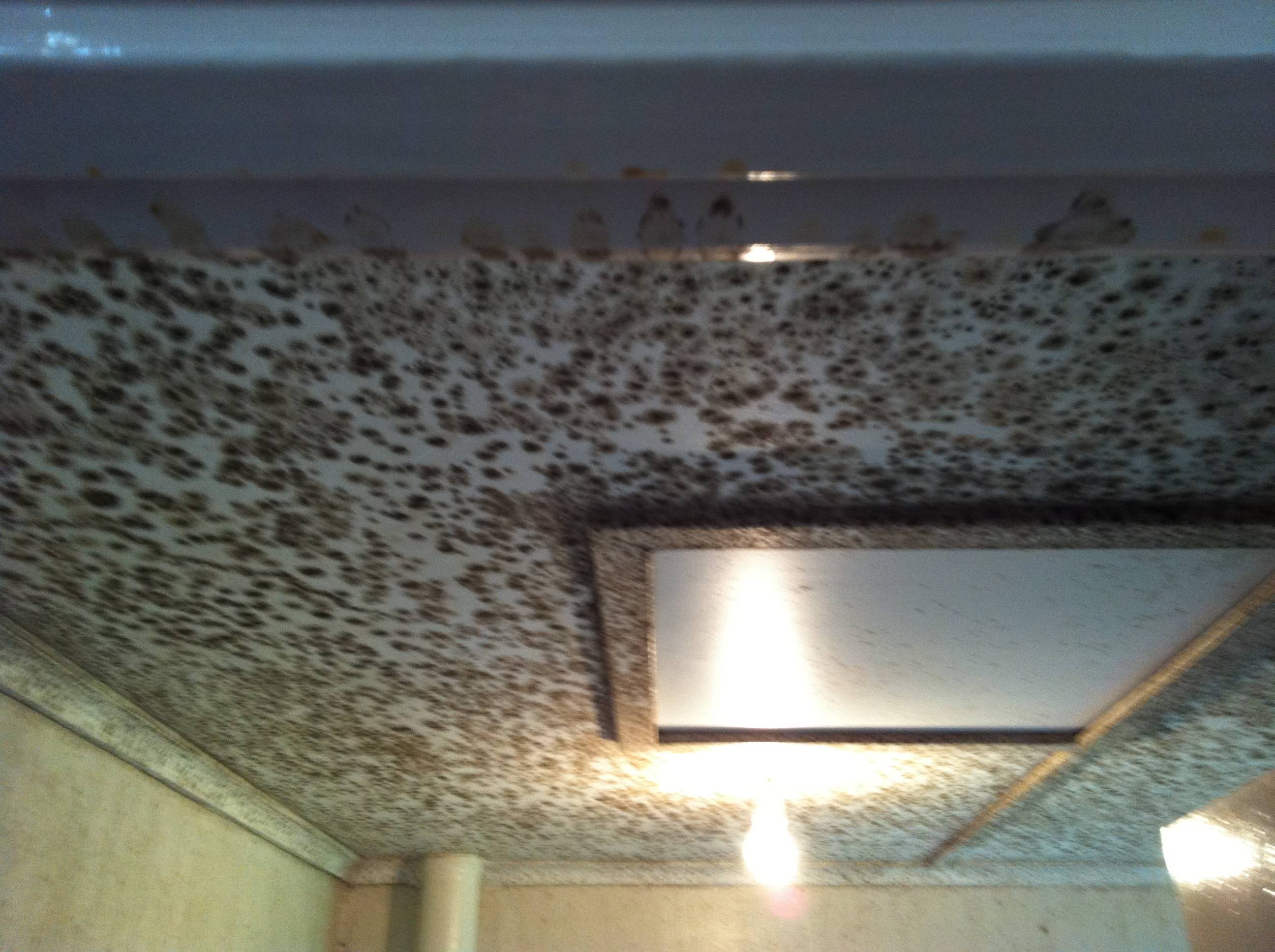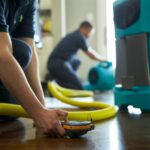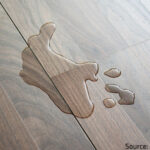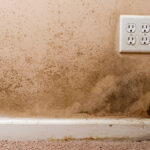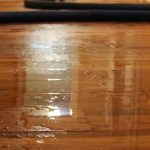When a home encounters flooding or water damage of any kind, special attention is required to prevent mould growth. Since mould thrives in wet environments and spores spread quickly and easily, the best way to avoid post-flood mould hazards is to hire a licensed water damage restoration firm to assist with cleanup.
To keep your home and everything in it safely protected, we’ve got tips to prevent post-water damage mould growth; read on to learn more!
Post-Water Damage Mould Growth
Dealing with water damage in your home is anything but easy, and often times, homeowners are left feeling stressed and helpless. While these feelings are perfectly normal, it is important to remember just how essential immediate water damage restoration is.
As soon as flooding or water damage is noticed, homeowners should contact a reliable water damage team to begin the restoration process. When water sits for longer than 48 hours, mould spores begin to inhabit the area. Once mould begins to grow, the only way to stop it is with the help of a mould remediation specialist.
Proper Water Damage Restoration
When certified water damage restoration technicians are contacted immediately after the damage occurs, the team can get to work on the structural drying and dehumidification process to ensure that mould growth does not become an issue.
When mould is found, the water damage restoration team should notify the homeowner immediately and begin implementing a mould remediation plan to reverse the damage. If the water damage restoration team is not equipped, experienced, or licensed to perform mould remediation, an outside party or firm would need to be brought in to assess the situation and determine the next steps.
Mould Dangers
When mould spores are found in the home, it is crucial to understand the severity of the issue. While there are a variety of studies that outline the different side effects of mould exposure, long-term or high-level exposure is unhealthy for both humans and animals. Mould exposure suppresses the immune system and triggers a wide variety of health issues, including:
- Cold & Flu Symptoms
- Allergic Reactions
- Eye & Skin Irritation
- Respiratory Problems
- Asthma Attacks
Types of Mould
While some categories of mould are more common than others, water damage attracts all types of mould spores, including:
- Stachbotrys (Black Mould)
- Cladosporium
- Fusarium
- Alternaria
- Penicillium
Mould Safety
When post-water damage mould is found in the home, remember that it is a very common occurrence. To keep the space as safe as possible it is important to remember the following:
- Never attempt to clean mould on your own.
- Never stay in a space that has been contaminated by mould.
- Always wear proper safety equipment in a mould-infested area.
- Seek immediate medical attention if symptoms of mould exposure begin to surface.
Want More?
Subscribe to our Blog, and follow us on Facebook, and Instagram for awesome tips on everything from home cleaning and organization to helpful safety and preparedness tips.

